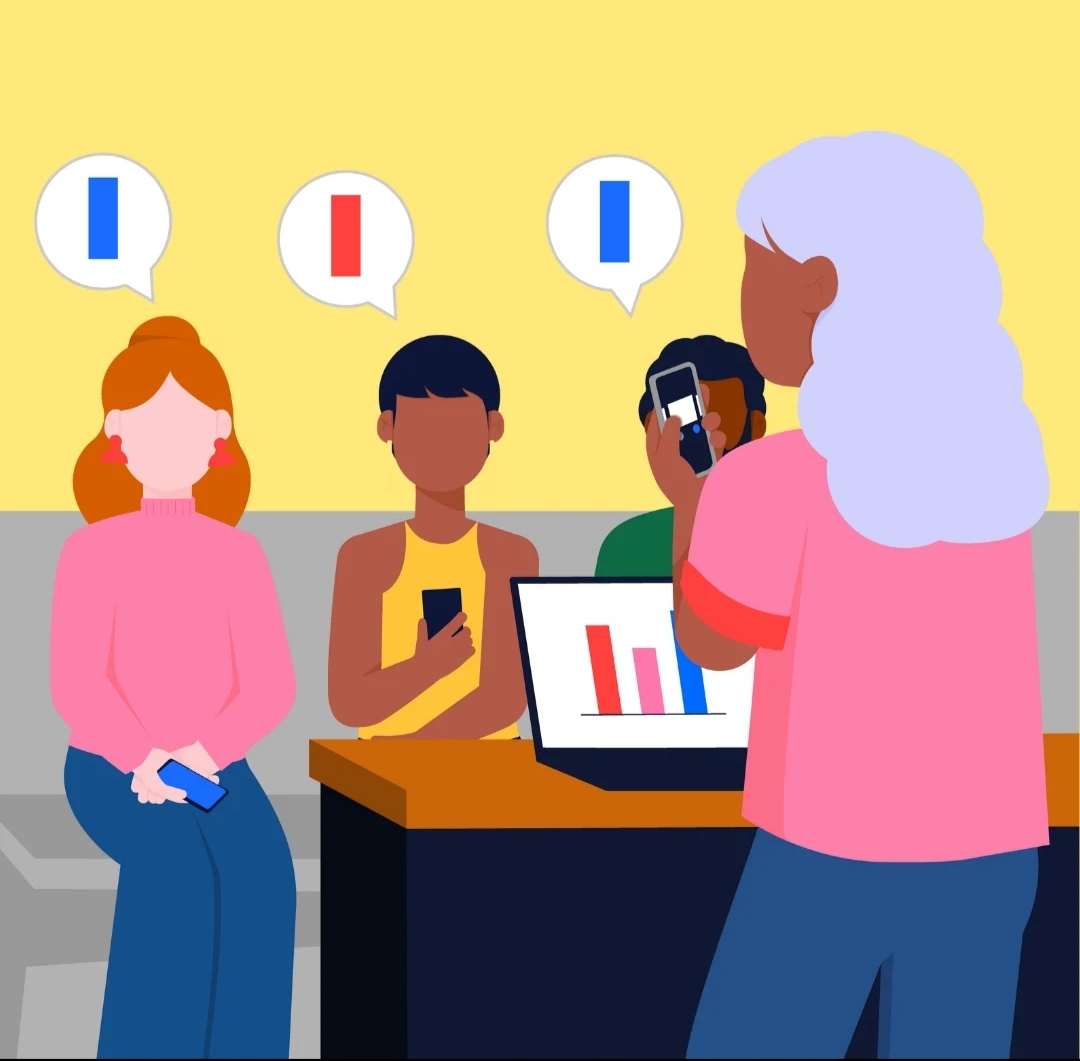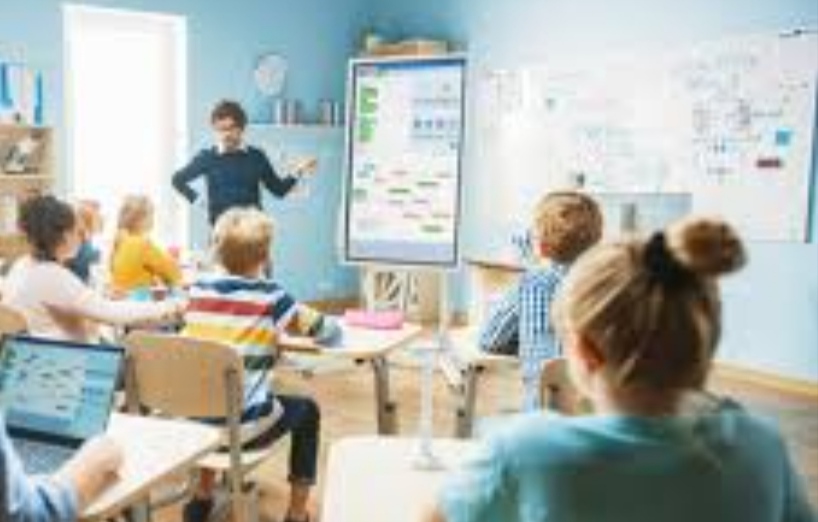1. Personalized and individualized learning
One of the first things to consider when developing strategies in teaching is that every student is different. Albert Einstein is often quoted saying, “Everyone is a genius. But, if you judge a fish by its ability to climb a tree, it will live its whole life believing that it is stupid.” While Prof. Einstein may or may not have ever said this, the sentiment is true. Each student has their own strengths and weaknesses.
Customizing lessons and personalizing learning activities as much as possible can have significant positive impacts on students’ academic success. For example, a study on personalized learning conducted by the Gates Foundation found that after implementing this type of program:
Relative to national averages, elementary and middle school students’ test scores increased dramatically.
Students with lower starting achievements saw significant relative growth rates.
Two-thirds of students saw statistically positive results.
100% personalized or individualized learning may not be possible for all schools or programs, but this is one of the most effective teaching methods that we know of. The more you cater to your students’ strengths and interests, the more engaged they’ll be with any lesson.
2. Gamification and play
Speaking of student engagement, all too often, students view their lessons as punishment. They’d rather be outside or playing games on their phones or tablets, but school doesn’t have to feel like this. Teaching is not just about discipline and controlling students’ behavior. The best method of teaching is to make learning as fun as possible.
Gamifying lessons is a fantastic way to do this in almost any subject, and many educational strategies employ gamification to help improve student engagement and retention. For example, in math class, help students improve their arithmetic with a beach ball. Label the different parts of the ball with whole numbers, fractions, and/or decimals. Have the students stand in a circle and bounce the ball to each other. Every time a student catches the ball, they have to quickly add their number to the number that the last student got. This gets students up and moving, and it turns arithmetic drills into a fun activity instead of a chore.
And math isn’t the only subject that works better with gamification and play. Other types of games can be used for different lessons and subjects. For example, you might play a modified game of Heads Up to identify and learn facts about historical figures. Use your imagination and see what kinds of games you can add to your curriculum to help your students in the classroom.




